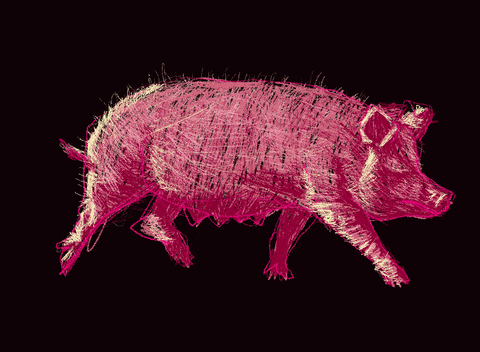Oh, give me a home, where the 6M wild hogs roam… said no one.
Especially not the 1.1M ag producers who are experiencing a Planet of the Apes-level feral pig takeover firsthand.
Feral pigs eat and uproot almost any crop, commonly targeting sugarcane, corn, grain sorghum, soybeans, wheat, oats, peanuts, and rice. Pastureland is the preferred place for herds to wallow, as they kill desired perennial grass that feeds livestock.
Breaking the piggy bank: USDA’s Animal and Plant Health Inspection Service economists calculated a conservative estimate of annual crop damage at $190M. Texas, the state with the highest estimated feral hog population, had the highest annual crop losses – nearly $90M.
Powerfully prolific pigs: How did they go from invading 17 states in the 1980s to 38 states today? With the ability to breed year-round, and average litters including five to eight piglets, feral hog populations can double in size within four months.
Houston, we have a problem: Even residents of Sugar Land, Texas (a Houston suburb), have feral pigs tearing up nice lawns, causing costly damage to sprinklers, and creating traffic jams on busy roads.
Costly control methods: Shooting on sight is the most commonly reported tactic for controlling hog populations and also the most costly. Other methods are trapping, fences, and aerial hunting.
APHIS has a field ops team led by Wildlife Services, which has removed tens of thousands of hogs. The 2018 Farm Bill allocated $75M to Natural Resources Conservation Service and APHIS to further respond.
But wait, there’s boar: Disease-carrying, uncultured swine. Feral pigs exist in around 43% of swine-producing counties, increasing the likelihood of contamination and disease spread, and greatly increasing the difficulty of controlling the disease.
This sends African swine fever shivers up any pork producer’s spine.

